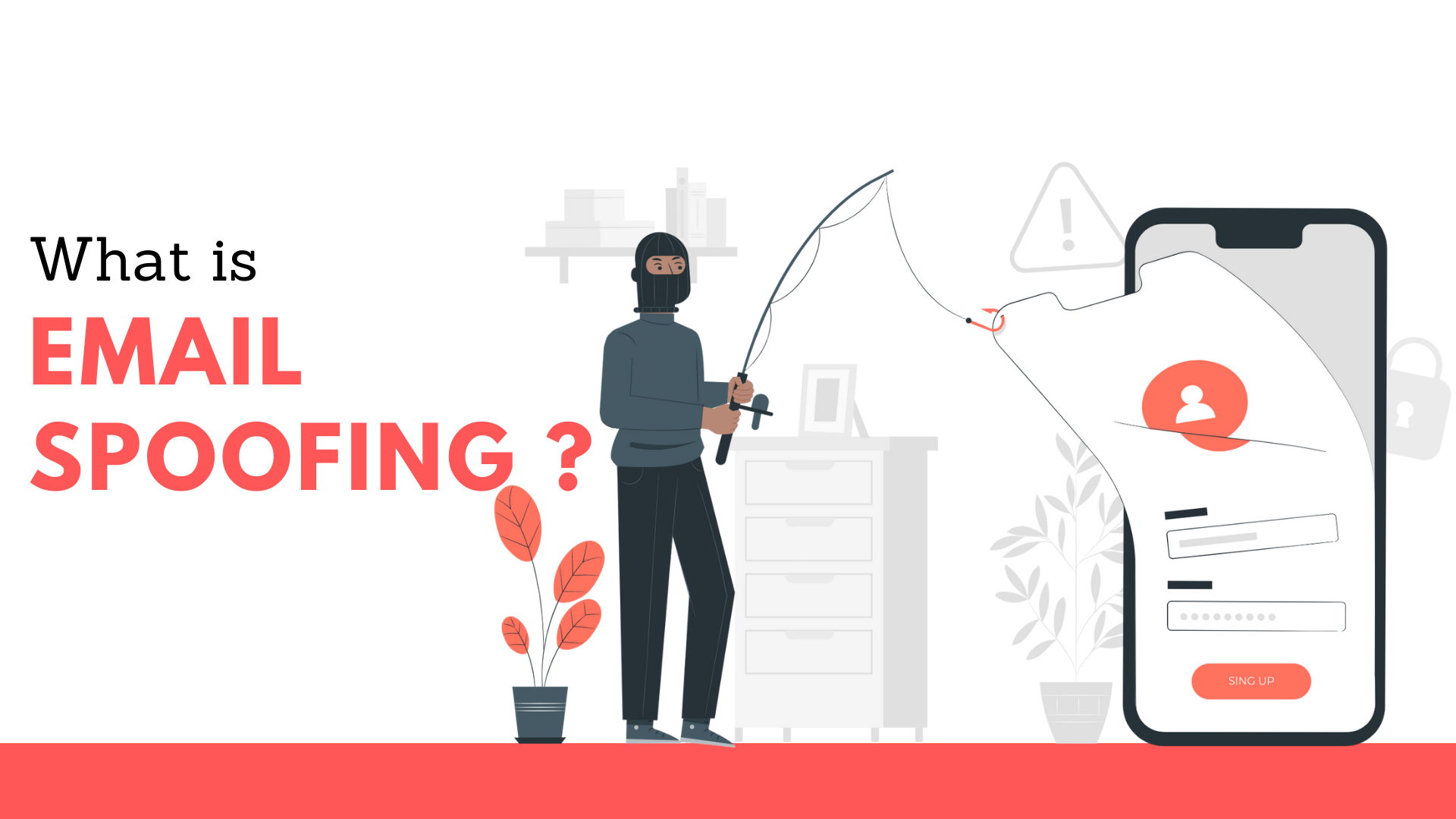Introduction
Email spoofing is a common cyber threat where scammers forge email headers to make a message appear as if it were sent from a trusted source. This deceptive technique is used to steal sensitive information, spread malware, or defraud recipients. In today’s digital landscape, understanding email spoofing is crucial for anyone who communicates online.
What is Email Spoofing?
Email spoofing involves the creation of emails with forged sender addresses. Cybercriminals use this method to trick recipients into believing that the email comes from a reputable organization, such as a bank, government agency, or well-known company. The ultimate goal is often to prompt the recipient to click on malicious links, open infected attachments, or reveal personal data.
How It Works
- Forged Sender Information: The “From” field is manipulated so that it appears as if the email comes from someone you know or trust.
- Impersonation of Legitimate Entities: Attackers mimic the style, logos, and language of genuine organizations to build credibility.
- Exploitation of Trust: Once the victim is deceived, the attacker can harvest sensitive information or install harmful software.
How to Spot an Email Spoofing Scam
Identifying a spoofed email requires a keen eye for details. Here are some tell-tale signs to watch out for:
1. Check the Sender’s Email Address
- Unusual Domain Names: Genuine emails typically come from official domains (e.g., @company.com). Be cautious if the domain looks off or uses subtle misspellings.
- Generic Email Addresses: Emails from free services (like Gmail or Yahoo) may be a red flag when impersonating an organization that uses its own domain.
2. Look for Poor Grammar and Spelling
- Errors in Content: Many spoofed emails contain grammatical mistakes or awkward phrasing. Professional organizations usually maintain high communication standards.
3. Evaluate the Email’s Tone and Urgency
- Pressure Tactics: Spoofed emails often urge immediate action, such as verifying account details or confirming urgent transactions.
- Unsolicited Requests: Be skeptical of unexpected requests for personal or financial information.
4. Inspect Links and Attachments
- Hover Over Links: Before clicking, hover your mouse over any hyperlink to see the actual URL. If it looks unfamiliar or mismatched to the sender’s domain, do not click.
- Unexpected Attachments: Avoid opening attachments unless you’re absolutely sure of the sender’s legitimacy.
5. Verify Through Independent Channels
- Contact the Organization: If you suspect the email might be spoofed, contact the organization directly using verified contact details—not the information provided in the email.
Measures to Avoid Email Spoofing
Protecting yourself from email spoofing involves a combination of technical measures and personal vigilance:
1. Implement Email Authentication Protocols
- SPF (Sender Policy Framework): Helps mail servers verify that incoming emails come from an authorized server.
- DKIM (DomainKeys Identified Mail): Provides an encryption key and digital signature that verifies an email was not altered.
- DMARC (Domain-based Message Authentication, Reporting, and Conformance): Ties SPF and DKIM together to give domain owners better control over fraudulent emails.
2. Use Advanced Email Filtering
- Spam Filters: Employ robust spam filtering solutions to catch suspicious emails before they reach your inbox.
- Security Software: Ensure your antivirus and cybersecurity software are up-to-date to detect and block phishing attempts.
3. Educate Yourself and Your Team
- Training and Awareness: Regularly update yourself on the latest email scams and educate colleagues or family members about common spoofing tactics.
- Simulated Phishing Tests: Organizations can conduct simulated phishing tests to assess and improve employee awareness.
4. Enable Multi-Factor Authentication (MFA)
- Extra Layer of Security: MFA can help prevent unauthorized access even if your email account credentials are compromised.
5. Monitor and Report Suspicious Activity
- Regular Account Reviews: Check your email account activity for any unusual login attempts or changes.
- Report Scams: Notify your email provider and relevant authorities if you receive a suspicious email.
Additional Precautions for Online Users
- Keep Software Updated: Always update your operating system, browser, and security software to protect against the latest threats.
- Use Strong, Unique Passwords: A unique password for each account minimizes the risk if one account is compromised.
- Backup Important Data: Regular backups ensure that you do not lose critical information in the event of a cyber attack.
Conclusion
Email spoofing is a deceptive and dangerous scam that preys on trust. By knowing the signs of spoofed emails and taking proactive measures—such as implementing robust authentication protocols, using advanced email filters, and staying informed—you can significantly reduce the risk of falling victim to these cyber threats. Stay vigilant and keep your digital communications secure.
This detailed guide provides valuable insights and practical steps for both individuals and organizations to identify and combat email spoofing. By following these expert recommendations, you can enhance your online security and protect sensitive information from fraudsters.














